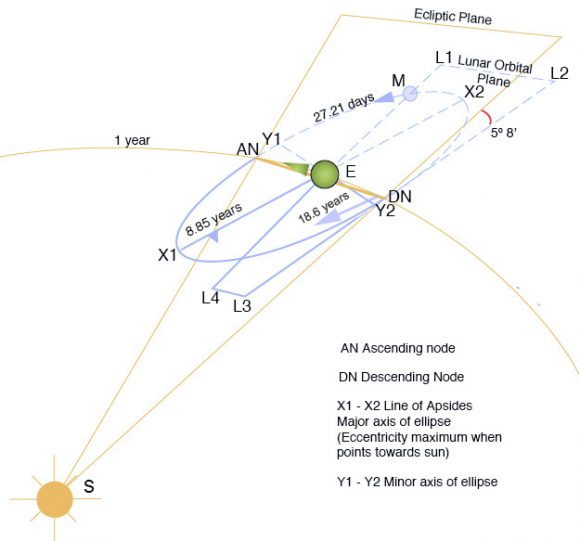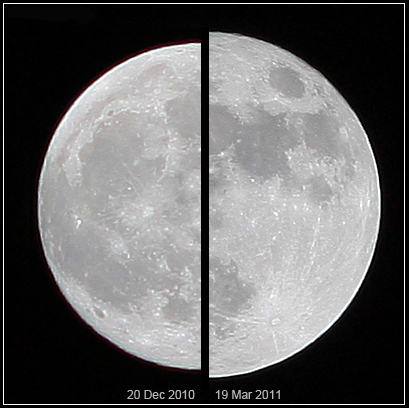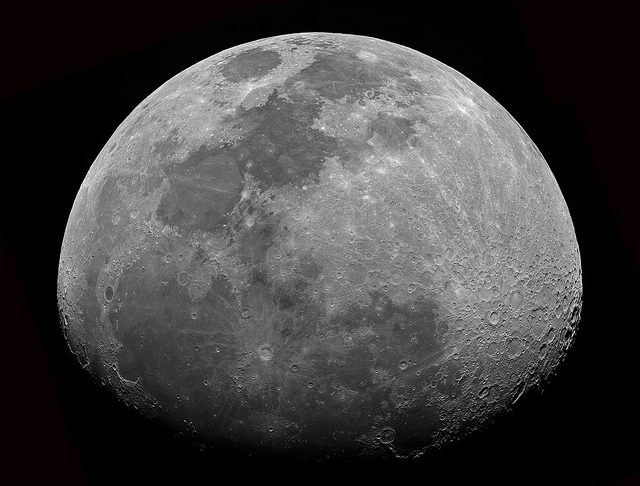Ready for some lunar action of proxigean proportions? This weekend’s Full Moon ushers in that most (infamous?) of internet ready cultural memes: that of the Supermoon. This moniker stands above the Blood, Mini, and Full Moons both Black and Blue as the Full Moon of the year that folks can’t seem to get enough of, and astronomers love to hate.
But wait a minute: is this weekend’s Full Moon really the closest of the year?
Nope, though it’s close. But this month’s Full Moon does, however, usher in what we like to call Supermoon season.
Let us explain.
First, we’ll let you in on the Supermoon’s not so secret history. Yes, the meme arose over the last few decades, mostly due to the dastardly deeds of astrologers. Y’know, that well meaning friend/coworker/relative/anonymous person on Twitter that constantly mistakes your passion for the night sky as ‘astrology.’ Anyhow, the idea of the Supermoon has gained new life via the internet, and loosely translates as the closest Full Moon of the year. Sometimes, its dressed up with the slightly science-y sounding ‘a Full Moon along the closest 90% of its orbit’ (!) definition.
Now, to know the orbit of the Moon is to understand celestial mechanics. The Moon’s orbit is indeed elliptical, ranging from an average perigee (its closest point to the Earth) of 362,600 kilometers, to an apogee of 405,400 kilometers distant.
Fun fact: the time it takes the Moon to go from one perigee to the next (27.55 days) is one anomalistic month, a fine pedantic point to bring up to said relative/coworker the next time they refer to you as an astrologer.
And yes, the perigee Full Moon is a thing. We even like to throw about the quixotic term of the proxigean Moon, a time when tidal variations are at an extreme. Plus, all perigees are not created equal, but range from 356,400 kilometers to 370,400 kilometers distant, as the Earth-Moon system not only swings around its common barycenter, but the Sun also drags the entire orbit of the Moon around the Earth, completing one complete revolution every 8.85 years in what’s known as the precession of the line of apsides. Note that the nodes of the Moon’s orbit actually move in the opposite direction, with an 18.6 year period.

Yup, the motion of the Moon has given humanity a fine study in Celestial Mechanics 101. Anyhow, we contend that a more succinct definition for a perigee ‘Supermoon’ is simply a Full Moon that falls within 24 hours of perigee. Under this definition, the Full Moon this Sunday on October 16th occurring at 4:23 Universal Time (UT) certainly meets the criterion, occurring 19 hours and 24 minutes before perigee… as does the Full Moon of November 14th (2.4 hours from perigee) and December 13th (just under 24 hours from perigee).
For extra fun, said November 14th perigee Full Moon is the closest in 30 years; expect Supermoon lunacy to ensue.
A fun place to play with Full and New Moons vs perigee and apogee past present and future is Fourmilab’s Lunar Apogee and Perigee Calculator. Hey, it’s what we do for fun. Looking over these cycles, you’ll notice a pattern of ‘supermoon seasons’ emerge, which moves forward along the calendar about a lunation a year. (that’s our friend the precession of the line of apsides at work again).
(another fun fact: the time it takes for the Moon to return to a similar phase—for example, Full back to Full—is 29.5 days, and known as a synodic month.)
The Full Moon does appear slightly larger at perigee than apogee, to the tune of 29.3′ versus 34.1′ across. This change is enough to notice with the unaided eye, though the Moon is deceptively smaller than it appears: you could, for example, line up 654 ‘Supermoons’ around the local horizon from end to end.

The October Moon is also referred to by the Algonquin Native Americans as the ‘Hunter’s Moon,’ a time to use that extra illumination to track down vital sustenance as the harsh winter approaches. Very occasionally, the Harvest Full Moon falling near the September southward equinox falls in early October (as occurs next year in 2017) and bumps the Hunter’s Moon from its monthly slot.
Be sure to stalk the rising Hunter’s Moon near perigee this weekend. Of course, we’ll be shooting at our prey with nothing more than a camera, as the Full Moon rises from behind the Andalusian foothills.

